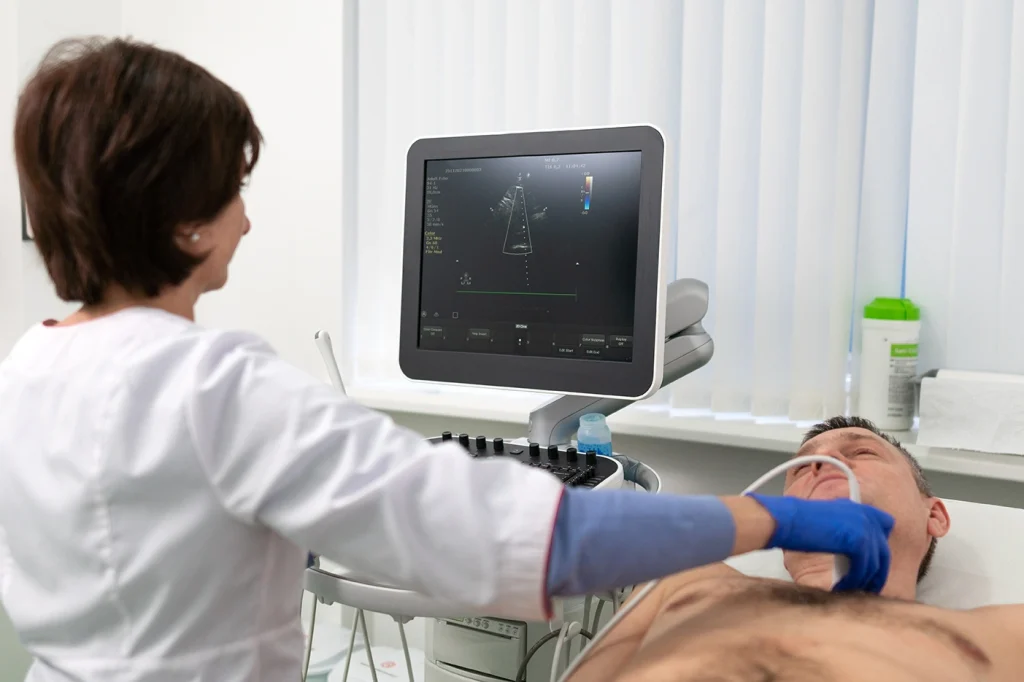Make sure at-risk family members have the knowledge they need
When one family member is diagnosed with a thoracic aortic aneurysm or aortic dissection, other blood relatives may also be at risk of developing thoracic aortic aneurysms or dissections. Genetic counseling, imaging for asymptomatic aortic aneurysms, and genetic testing can be used to identify other family members at risk for thoracic aortic disease.
Family Screening
If you have a family history of thoracic aortic disease, especially if you're pregnant or trying to get pregnant, we recommend you undergo aortic imaging. This imaging can be done via echocardiogram, computed tomography angiogram (CTA), or magnetic resonance angiogram (MRA).

Genetic Testing
The John Ritter Foundation funds research into identifying genes that can cause aortic disease. Clinical genetic testing can help determine whether you have one of these known genetic variants.

Your provider can refer to the 2022 ACC/AHA Guideline for the Diagnosis and Management of Aortic Disease: A Report of the American Heart Association/American College of Cardiology Joint Committee on Clinical Practice Guidelines to see these recommendations. In families where a gene change, or ‘pathogenic variant’ (a disease-causing mutation that you are born with) has been found, clinical management to prevent a dissection is indicated for all family members who carry the variant. Alternative modes of screening, frequency of screening, and location of screening (other arteries outside of the aorta) may depend on the underlying gene or a person’s family history. Early identification of an aortic aneurysm can help reduce risk for developing major complications, such as aortic dissection.

